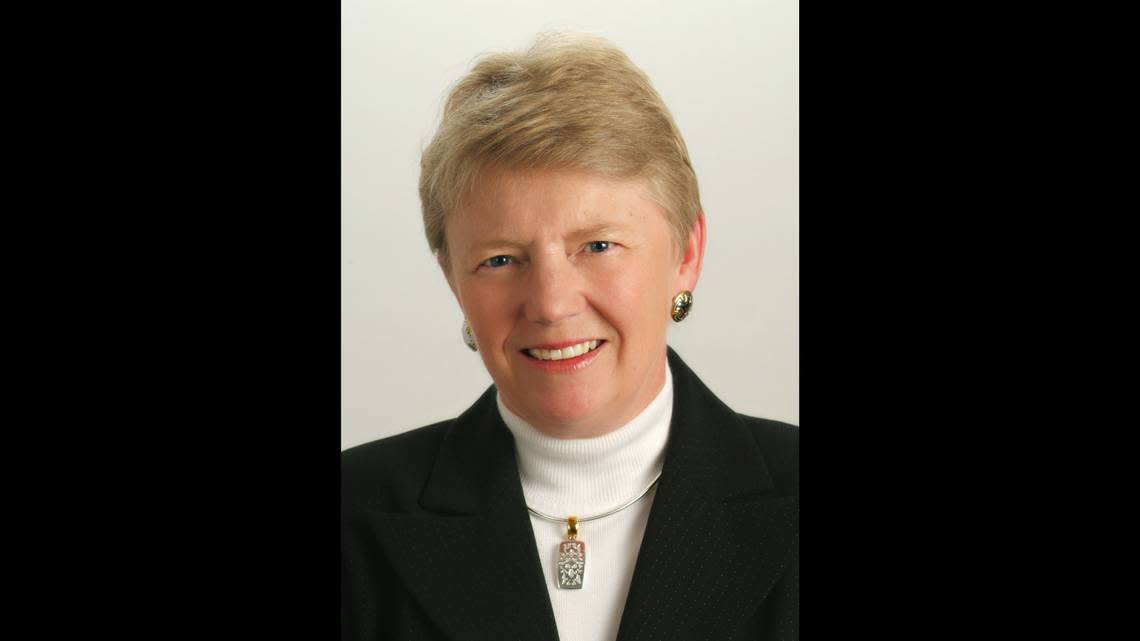Art and music are not just an enrichment in Fayette schools, they are requirements | Opinion
Each fall, the Kentucky Department of Education releases the School Report Card. On it, parents can see how their child’s school is performing academically. In Fayette County, each school’s report card contains a message from Superintendent Demetrus Liggins. That message begins, “Whether your child wants to be an ambassador or artist, sous chef or surgeon, Fayette County Public Schools offers a pathway to their unlimited potential. . . . our 70 schools and special programs provide a rigorous, world-class education intentionally designed to address the needs of the whole child from preschool through high school. “
Unfortunately, that statement of commitment to whole child education at every level does not “ring true” in light of the recent Herald Leader reports highlighting the intended removal of visual arts class instruction at Cassidy Elementary and school chorus at Morton Middle School. Sadly, similar decisions appear to be in the works at several other district elementary schools.
Fayette County has long been viewed as a desirable community because of its level of economic prosperity, cultural diversity, education, and the added value it places on community culture through the visual and performing arts. The community is rich in artists, musical, dance and theater performance groups, and arts supporters. That artistic vibrancy does not happen by accident. Our schools and universities provide artistic training that is recognized as not only exemplary, but setting the bar for world-class artistic standards. Our artistic community is not only limited to professionals, but to a plethora of talented community members who choose to participate in the visual arts, musical ensembles, theater and dance groups because of the rich artistic training and opportunities that they received largely as a result of years of commitment to arts education in Fayette County.
Several years ago, a Harris poll found that 93% of Americans agree that the arts are vital to providing a well-rounded education for children.
Historically, so have Kentuckians. Kentucky statute defines the arts as a part of the core curriculum (KRS159.035) and declares that it is the right of every child to have a “firm grounding” in the arts (KRS 158.645). Further, KRS 158:6451 identifies not one, but two Kentucky Learner Goals mandating that schools must develop their students’ artistic talents and abilities and enable them to apply core, artistic concepts. That means schools are not simply responsible for “exposing” student to the arts, but rather, providing a solid foundation that develops artistic concepts, skills, and values. Additionally, KRS 158:6453 mandates that the Kentucky Visual and Performing Arts Standards must be achieved by a student before s/he graduates from high school. These standards are “process” standards, meaning that they are not merely focused on learning “about the arts” but rather, focused on artistic literacy and developing students’ abilities to perform and create. That is no casual task. That kind of expectation requires regular, sequenced instruction in the visual and performing arts taught by highly qualified arts education specialists.
Alternative strategies that provide periodic “exposure” to the arts or after school arts programs are well-meaning, and those additional strategies are powerful in enriching and strengthening not only artistic learning, but learning in all subjects. However, they cannot provide the kind of sustained scaffolding and professional guidance that will develop artistic literacy in every child and result in meaningful, life-long enrichment, engagement in, and support of, the arts.
In 1992, the Kentucky Education Reform Act followed the precept of the 1989 Kentucky Supreme Court “Rose” Decision: that every child deserves an equal opportunity for a quality education, and that a quality education includes arts education.
In a large school district, any school that does not provide the same kind of systematic, sequenced, standards-based arts instruction that other schools are providing creates a glaring disparity and inequity of opportunity that is inconsistent with Superintendent Liggins’ promise to provide every child “a pathway to their unlimited potential.” We can do better.

Tanya Bromley is a retired music educator and past president of the Kentucky Music Educators Association.
